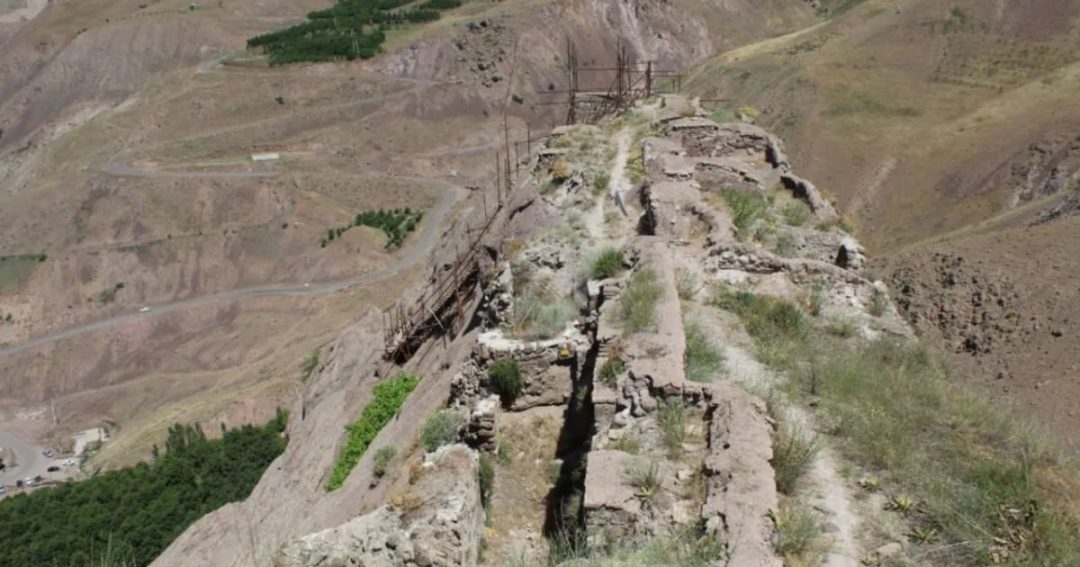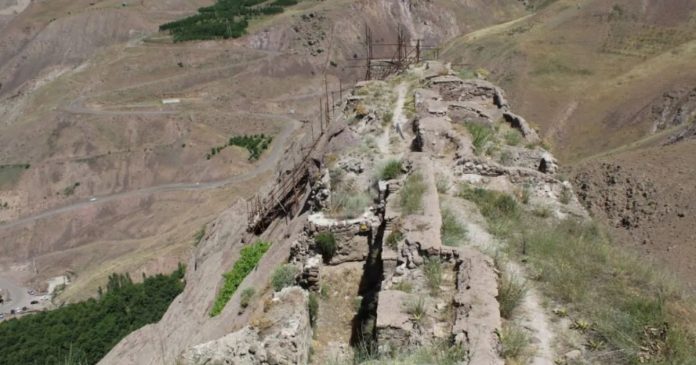Archaeologists working in Qaleh Kurd Cave, located near Avaj in Iran’s Qazvin Province, have uncovered what may be the earliest evidence of human habitation on the Iranian plateau. Excavations suggest that archaic human species, possibly predating Neanderthals, inhabited the site between 600,000 and 700,000 years ago.

Joint Iranian-French Team Leads the Excavation
Led by Iranian archaeologist Hamid Vahdatinasab and French archaeologist Dr. Gilles Bréon, the dig team has carried out multiple excavation seasons. These efforts have steadily revealed a timeline of prehistoric human activity in the region, expanding our understanding of human evolution in western Asia.
Cultural Artifacts and Stone Tools Indicate Early Human Occupation
In the upper levels of the cave, archaeologists found layers dating back roughly 455,000 years. Just beneath, deeper layers are estimated—conservatively—to be between 600,000 and 700,000 years old. These layers contained stone tools and animal bones, which researchers believe are linked to species such as Homo heidelbergensis or possibly Homo erectus.
Neanderthal Remains Previously Found at the Site
Earlier excavations also unearthed two Neanderthal teeth dating back 175,000 and 180,000 years. Among the most notable finds is a child’s milk tooth, dated between 155,000 and 175,000 years ago, which until recently represented the oldest known human remains on the Iranian plateau.
New Layers May Push Back Human History in the Region
The recent discoveries go well beyond the Neanderthal timeline. As deeper layers are excavated, scientists are awaiting results from dating labs to confirm the estimated ages. Delays are common due to the technical precision required and heavy lab backlogs.
A Key Link Between the Middle East and Early Human Migration
If confirmed, Qaleh Kurd Cave could become a crucial site in tracing ancient human migration across Eurasia. For context, the Dmanisi site in Georgia—holding remains over 1.7 million years old—has established early human presence in the Caucasus. Researchers speculate that these early humans may have traveled through Iran, making discoveries like those at Qaleh Kurd critical for understanding migration routes.
One of the Region’s Oldest Non-Mediterranean Human Sites
Apart from Mediterranean sites, Qaleh Kurd holds the earliest known Neanderthal-related evidence in the wider region. However, experts stress that the deeper layers suggest even earlier inhabitants who were likely not Neanderthals, as this species emerged around 400,000 years ago.
Scholar Behind the Discovery
Dr. Hamid Vahdatinasab, a professor at Tarbiat Modares University since 2008, has long studied early human evolution. His 2014 book, The Origin of Man, explores human ancestry with contributions from prominent scholars Abbas Alizadeh and Jeffrey Clarke.

